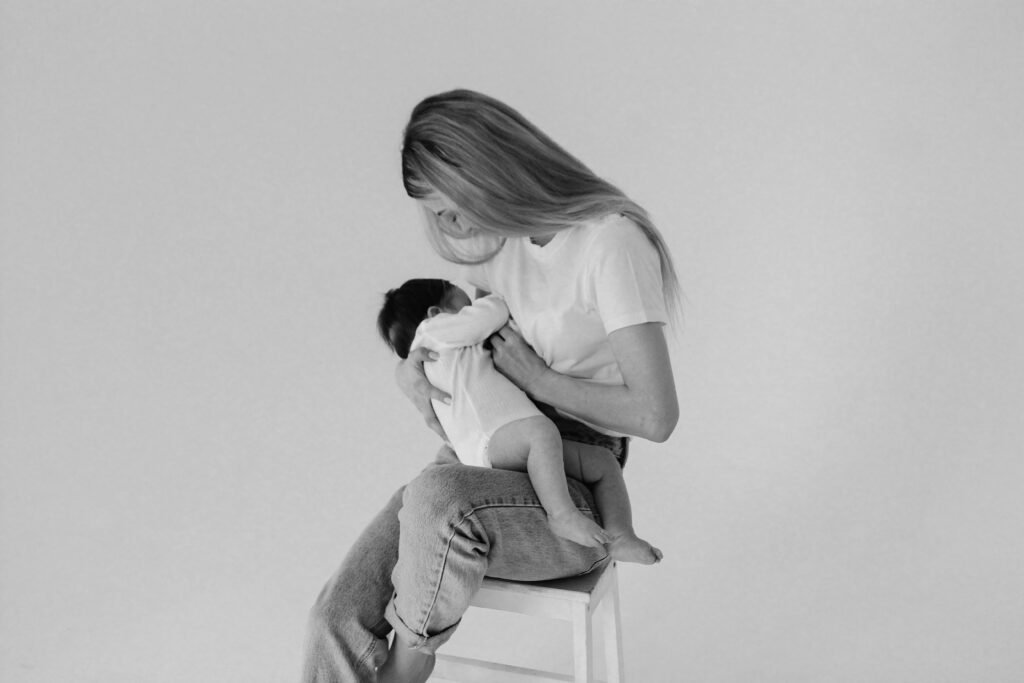Table of Contents
A low milk supply is a situation where a mother is not able to produce a sufficient amount of milk for her baby. When we observe that the baby is not gaining weight and always appears hungry and crying, we should understand that the baby’s demands and nutritional needs are not fulfilled. So, this is a case of low milk supply.
1. IGT
The full form of IGT is insufficient glandular tissue. It is also known as breast hypoplasia. Due to some factors, the milk-making tissue of the breast is not fully developed as expected during pregnancy. This leads to low milk production.
Following are the signs of IGT:
1 The space between the breasts is much wider.
2 One breast size is much larger than the other breast.
3 No changes in the breast during pregnancy or after birth.
4 Aerola is extra large and may be bulbous.
2. Health Condition
There are certain health issues that impact milk production, like PCOS, PCOD, thyroid, or hormonal imbalances. During delivery, if a mother loses excessive blood and may face anaemia issues, this will also affect milk production. Also, if a mother is facing any type of disease and taking medication for it, it will definitely hinder milk production.
3. Improper Nutrition
Nutrition level directly impacts milk production. If a mother’s diet is poor, it can lead to a low milk supply.
4. Stress
It is very important for a mother to relax and have proper rest. A high level of stress and fatigue also leads to low milk production.
5. Irregular Breastfeeding
Regular breastfeeding is important for maintaining milk supply. Infrequent feedings can lead to less milk production.
6. Formula Feeding
If we introduce formula feeding or bottle feeding at an early stage, then the baby might get confused by the nipple and may take fewer breast feeds. This can lead to less milk production.
7. Introducing Pacifiers
Pacifiers may confuse babies and lead to a lower intake of breastfeeding, which will ultimately decrease the milk supply.
8. Breast Issues
Sore nipples, breast infections, and engorgement can interrupt the milk flow and lead to a low milk supply.
9. Long Gap or Breastfeeding Break
Due to various reasons, if a mother takes a 1-2 day gap in breastfeeding, it will definitely lead to low milk production. And if further gaps are filled, then it may completely stop milk production.
10. Smoking and Alcohol
Smoking and consumption of alcohol can lead to low milk production.
11. Poor latching
If the baby is not latching properly on the breast, then he may not empty the breast completely, which can lead to low milk production.
12. Breast Surgery
Surgery on the breasts can be done for both medical and beauty purposes. Procedures such as breast reductions or enhancements have become more common. Sometimes, complications might damage the breasts. This can cause low milk production.
13. Contraceptive pills
Oestrogen is present in contraceptive pills, which can decrease the milk supply.
14. Night Feeding
Prolactin is a hormone that is responsible for producing milk. More prolactin is produced at night. If a mother stops feeding the baby at night and gives formula to the baby, then the milk supply will definitely decrease.
15. Preterm Birth
Lactation is completely based on the demand-supply rule. A preterm baby is unable to directly feed on the breast as he is immature and facing illness. This leads to a decrease in milk supply. Even if the mother is expressing the milk through the pump, it is also very difficult to maintain the supply.

